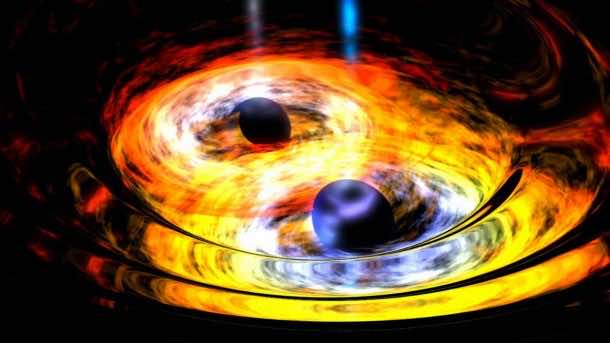Einstein made a number of important scientific discoveries and predictions during his lifetime. The stuff was so advanced that even today, people keep scratching their heads while even trying to understand what he was trying to prove. One of the most groundbreaking ideas he tried to prove was the concept of Gravity and how it forms ripples in the Space-time continuum that can actually be measured. These ideas were discussed in detail in his famous Theory of General Relativity (1915). But, all eyes will be focused on Columbia University, where a major celestial occurrence will be studied, and astrophysicists will get down and try to prove his most puzzling finding ever.
It is kind of sad that Einstein couldn’t see his greatest theory being proved. Moreover, he was ridiculed for many of his ideas throughout his life. We have to remember that those were the times when Nuclear Physics was in its infancy, and there were no radio telescopes or any other kind of sensors to prove his point. There was also no nuclear fission activity and no way indeed to prove his simpler theories on energy and matter, let alone this beyond-crazy idea on Gravitation and Space-time curves.
When the final pieces of this puzzle fall into place, it will lead to a much better understanding of how the Universe works. We will have a much better explanation of the dynamics as well. But, if we fail to detect those gravity waves or if they aren’t reflective of our calculations, we may need to rethink the General Theory of Relativity itself.
But what are gravitational waves and how are they caused?
Gravitational ripples are variations in the space-time fabric that are created by the collision of the most powerful gravitational objects in existence; black holes. Their strength is so great that they can reach us from far away galaxies uninfluenced by the enormous gravities of massive stars and even black holes themselves! However, colliding stars known as Neutron stars and supernovas can also generate gravitational waves. But, any kind of signal from such a gravity wave has eluded they researchers and scientists a hundred years after the theory was first released by Einstein.
The 1 billion dollar experiment Laser Interferometer Gravitational-Wave Observatory (LIGO) is the primary facility for detecting this kind of anomaly. It is situated in Livingston, Lousiana and has been operating there since 1992 without success. It is operated jointly be Caltech and MIT and has two L-shaped detectors whose data is being fed to more than 1,000 researchers from 15 collaborate nations. But, there is a catch in the experiments as the sensors are regularly fed fake data to test the researchers who are laying their hands on its findings now and then.

For many reasons, scientists are tight-lipped about the whole process and officially, no named person has been able to comment on the recent experiments by the cutting-edge facility. But, a long list of emails and many unnamed people who have confirmed the latest findings have all pointed to tomorrow’s date; 12 February 2016. Let’s hope whatever it is, gets released by the scientists and in simpler language!


